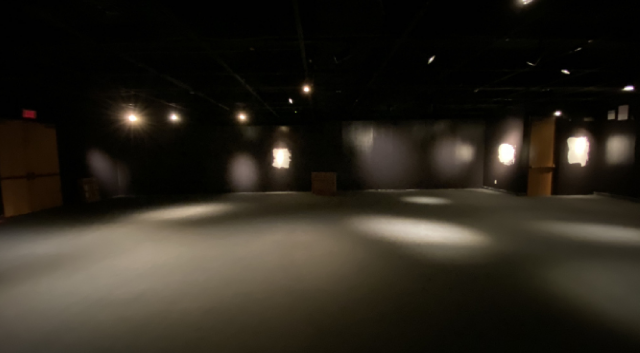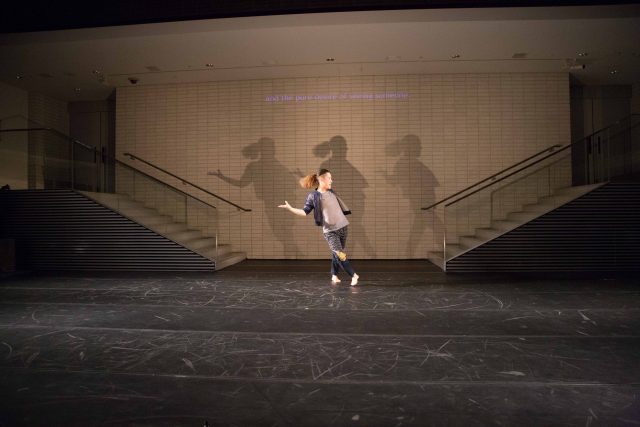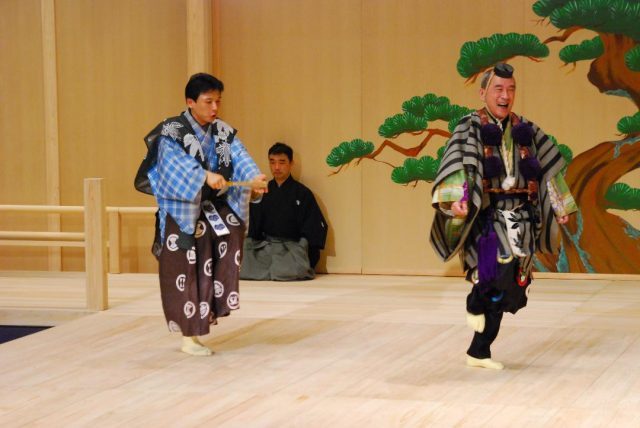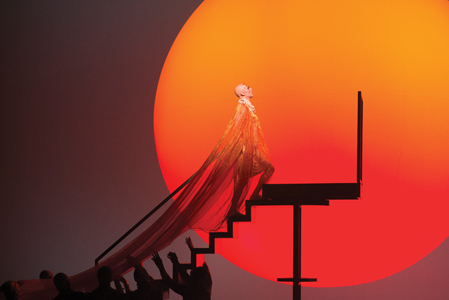
Aki Sasamoto will present three live, collaborative, improvisational performances from Japan Society as part of online exhibition
Who: Nobutaka Aozaki, Hanako Murakami, Aki Sasamoto, Daisy Nam, Felipe Arturo, Kyle Dancewicz, more
What: Livestream performances and artist Q&As
Where: Japan Society online
When: October 22 – December 17, $10 per program ($40 for all exhibition-related programs), 6:00
Why: On September 24, Japan Society unveiled its first virtual exhibition, in response to the pandemic lockdown resulting from the coronavirus crisis. On view through January 21, “From Here to There” consists of three visual artists taking on isolation and community, the physical versus the digital, and issues of control and agency. The works will evolve over time and take the audience behind the scenes of their progress. New York-based Nobutaka Aozaki is maintaining a conceptual map of found items and ground-floor businesses along Broadway. In Imaginary Landscapes, Paris-based Hanako Murakami repurposes vintage film and photographic plates and paper to explore the nature of memory (followed by “Palpebra” on October 22, “Film Reels” on November 19, and “Magic Lantern” on December 17).
And New York-based Aki Sasamoto is staging, with collaborators from the Yale School of Art, three livestreamed performances and Q&As from Japan Society, on October 22 with Armando Cortes, Sae Jun Kim, Erik Nilson, Hyeree Ro, Amina Ross, Audrey Ryan, Jeenho Seo, Pap Souleye, Lucas Yasunaga, Stella Zhong, and moderator Daisy Nam, November 19 with moderator Felipe Arturo, and December 3 with moderator Kyle Dancewicz, all at 6:00. The improvised pieces will reconsider live performance in the age of Covid-19, announcing, “Let’s sing together. Physically transport objects. Think about speech patterns. Throw a workout session.” In addition, Murakami will give a photo processing demonstration from her personal darkroom on November 5 and will speak with Maison Européenne de la Photographie director Simon Baker on January 7, and Aozaki will give an artist talk and gallery walkthrough of his intervention at Japan Society on December 17. You can watch the virtual opening of the exhibit with the artists, gallery director Yukie Kamiya, and assistant curator Tiffany Lambert here.





